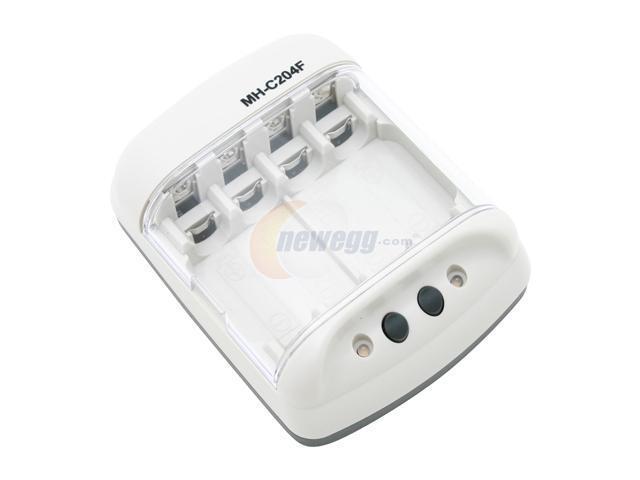I have 8 AA eneloops and 8 Amazon Basics AA (made in Japan, and look identical to eneloops minus the wrapper) no issues out of any of them at 2.5-3 years old.
I also have 8 aaa amazon basics (made in Japan, rewrapped eneloops supposedly) that are used in my headlamps and mag lite solitaire. The AAAs are charged about 2x per week and the AAs every couple of weeks. I bought all of the above batteries at about the same time. The AAs have been perfect, but several of the AAAs are starting to show high resistance and refuse to charge on my Panasonic BQ-CC17 charger.
I also have some chinese made Rayovac Platinum rechargeable AAAs that I figure have to be approaching 10 years old that are still going strong.
I have some Thunderbolt Magnum AAA batteries from harbor freight that are about a year old that are doing ok as well.
I also have 8 aaa amazon basics (made in Japan, rewrapped eneloops supposedly) that are used in my headlamps and mag lite solitaire. The AAAs are charged about 2x per week and the AAs every couple of weeks. I bought all of the above batteries at about the same time. The AAs have been perfect, but several of the AAAs are starting to show high resistance and refuse to charge on my Panasonic BQ-CC17 charger.
I also have some chinese made Rayovac Platinum rechargeable AAAs that I figure have to be approaching 10 years old that are still going strong.
I have some Thunderbolt Magnum AAA batteries from harbor freight that are about a year old that are doing ok as well.

